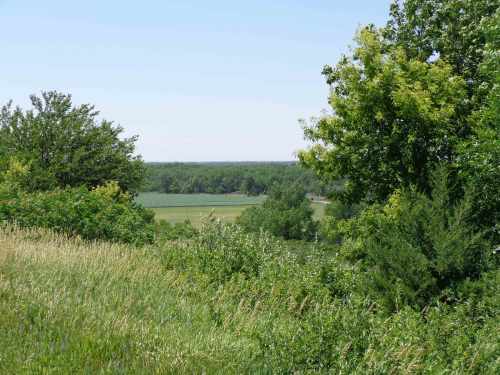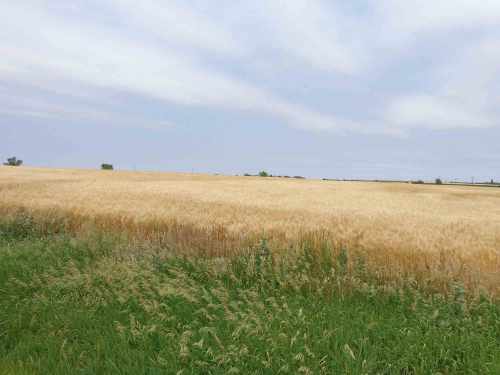Did so much and learned so much while here in Arapahoe. Met so many wonderful people, all welcoming and happy to talk about life in the area.
Driving around, saw the long trains that opened up the region and still make it viable. As Cathy noted, they are vital to life out here, both carrying grain away and bringing goods into the area.
Passing through the Swedish community of Holdrege triggered a discussion of the people who settled the area. Largest group was German, but there were also significant numbers of Czech, Irish, English, Swedish, Hispanic, and African American settlers, with a good number of Asians and even some Pacific Islanders in the mix. There are also around 15,000 Native Americans in Nebraska.
Knowing that I’d be heading back across Iowa, Cathy explained that farms in Iowa are prettier than those in Nebraska, because in Nebraska, your taxes go up every time you improve the farm. Paint the barn, pay more taxes. That said, Nebraska is one of only a handful of states that are actually not broke, so at least they appear to spend the taxes wisely.
Then, after a lovely roast Sunday dinner, it was time to head east again, back to Lincoln. We drove across seemingly endless farmland—flat, fertile, and thirsty for rain.
Reached Lincoln by about 5pm. Even before heading for Jane’s house, we stopped at the city’s lovely Sunken Gardens. Always nice to see how other towns create beauty and interest.
Jane’s son, Dan, joined us for dinner at their favorite Italian spot. Then back to Jane’s, to prepare for my departure tomorrow.


















